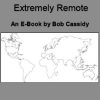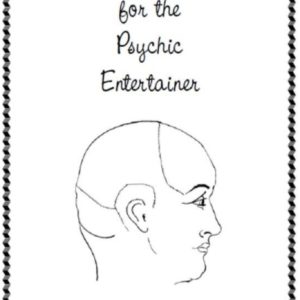Bob Cassidy – The Hanussen Proof
The premise of Hanussen’s Proof, and Bob’s search for an effective method, were inspired by an event that took place in the spring of 1930. The mentalist/psychic Eric Jan Hanussen was indicted and tried on charges of criminal fraud arising from a public demonstration of alleged “clairvoyance”. As the trial neared its conclusion and the evidence against Hanussen grew, he concluded that his only chance of acquittal would be to demonstrate his ability to the court. His offer of proof was accepted, and, under the watchful eyes of the judge and prosecutor, the demonstration proceeded.
Hanussen asked his inquisitors to concentrate on an event in their lives, and then to tell him the location and place where the event took place. It was the same test the mentalist performed the night he was arrested, except on that occasion Hanussen obtained the details of the events via secret signals from an assistant posing as a member of the audience.
This time, however, neither his assistant nor associates were present. They had been removed from the courtroom, and placed under police guard. But despite these precautions, Hanussen provided detailed descriptions of the mentally selected events.
The charges against him were dismissed.
The sensational publicity that followed his acquittal, his subsequent rise to fame as “The Prophet of the Third Reich”, and his execution by the Gestapo in 1933, is described in Mel Gordon’s fascinating biography, Erik Jan Hanussen, Hitler’s Jewish Clairvoyant. The author’s primary sources were news reports, court records, historical materials, Hanussen’s own writings, and the published recollections of his contemporaries and critics. But nowhere in any of the voluminous materials written by and about the German seer is there a clue to the method he used at the trial. How was it possible for him to reveal events that occurred in people’s lives merely by knowing the dates and places?
You are about to learn a secret that has been shrouded in secrecy for nearly seventy-five years. Use it well.
1st edition 2003; revised 2005; 28 pages
word count: 8035 which is equivalent to 32 standard pages of text
Be the first to review “Bob Cassidy – The Hanussen Proof” Cancel reply
You must be logged in to post a review.
Related products
Mentalism Ebook












Reviews
There are no reviews yet.